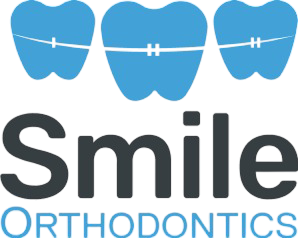Tongue Thrust: Diagnosis and Treatment in Leominster or Gardner, MA

What Causes Tongue Thrust
Tongue thrust can arise due to both inherited and environmental influences. Early childhood habits often significantly contribute to its development. Common causes include:
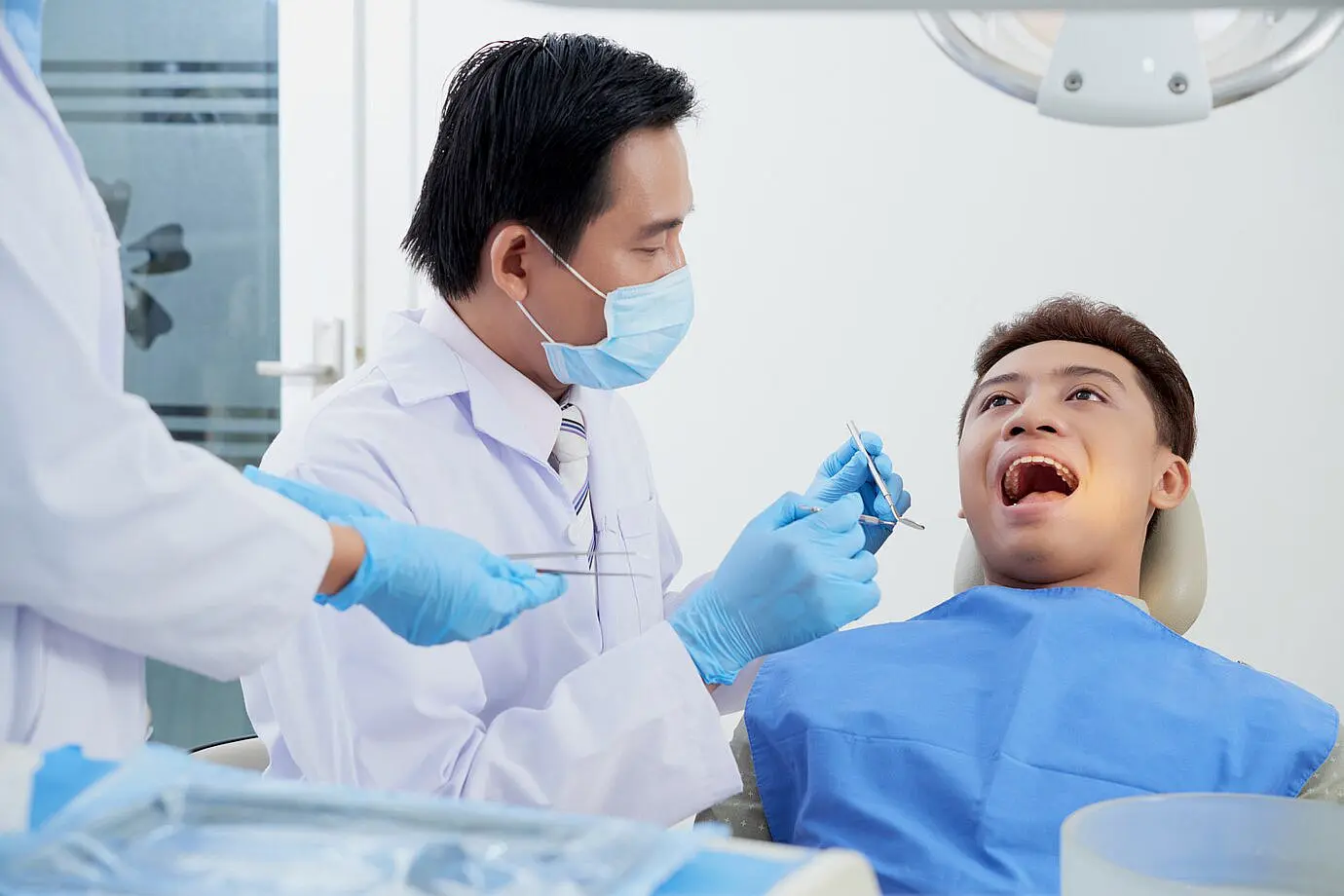
Types of Tongue Thrust
Various forms of tongue thrust can uniquely impact oral health and dental positioning. The most typical variety involves a forward tongue posture, which can create gaps between teeth and influence bite alignment. Side-pressing tongue patterns may also develop, potentially leading to crossbite issues and uneven dental wear. Every variation requires tailored treatment approaches to correct effectively.
Symptoms and Diagnosis
A professional evaluation is crucial for accurately diagnosing tongue thrust. Common signs include visible gaps between teeth, bite misalignment, and unusual swallowing patterns. During a clinical examination, Dr. Granit Morina and Dr. Scott Caradonna, carefully observes tongue posture while resting, speaking, and swallowing to assess the condition and its severity.

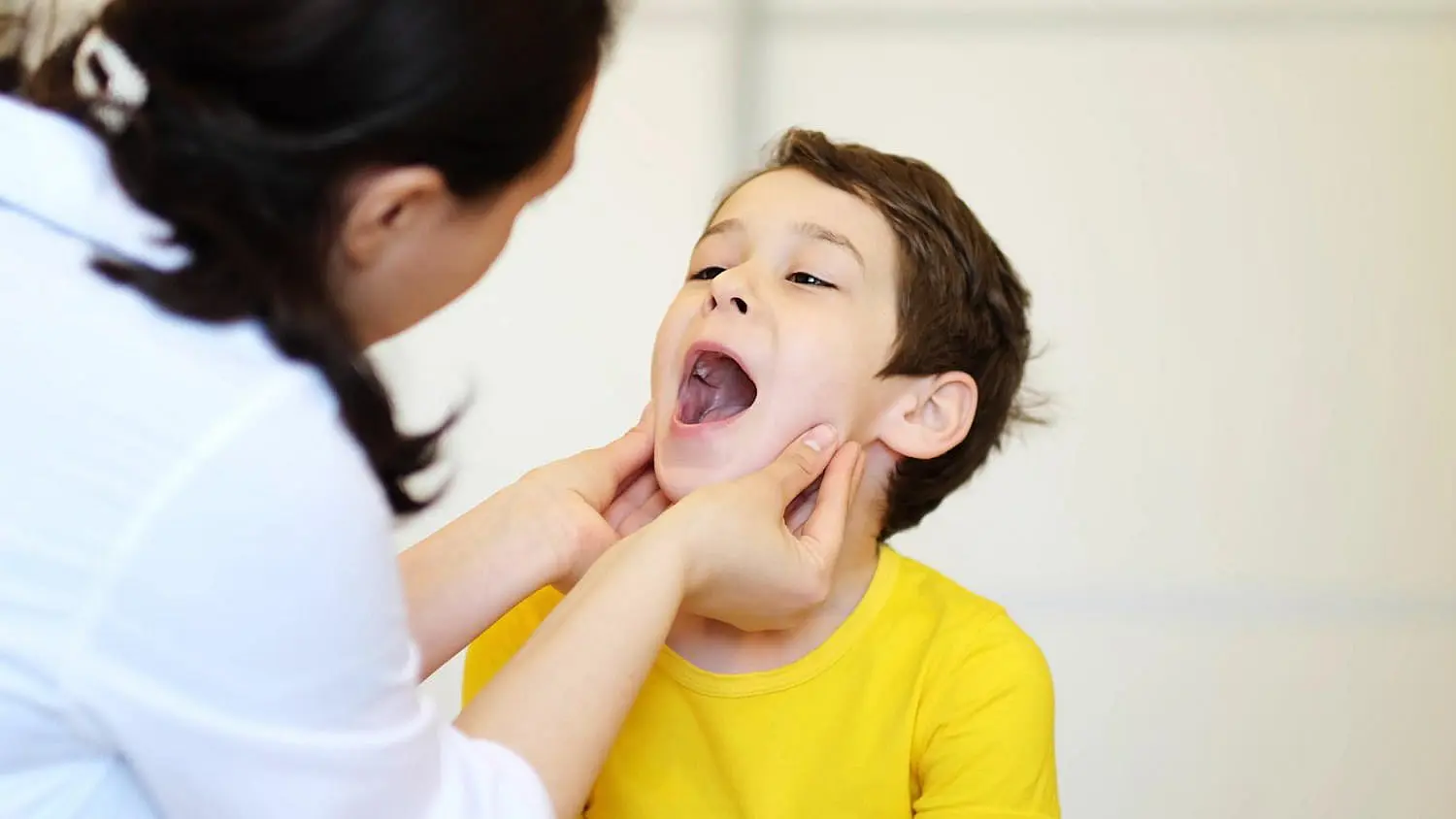
Tongue Thrust in Children
Early diagnosis and treatment are key for children exhibiting signs of tongue thrust. A comprehensive evaluation by the age of 7 can help avoid significant developmental challenges later in life. If left unaddressed, tongue thrust may interfere with dental growth, necessitating more extensive correction as the child becomes older.
Treatment Options for Tongue Thrust
Treatment plans are designed to retrain the tongue’s position and function through specialized therapy. Professional care from Smile Orthodontics may include behavioral modification techniques and customized treatment regimens crafted to address individual patient needs. Early detection and consistent participation in therapy and exercises greatly improve treatment success.
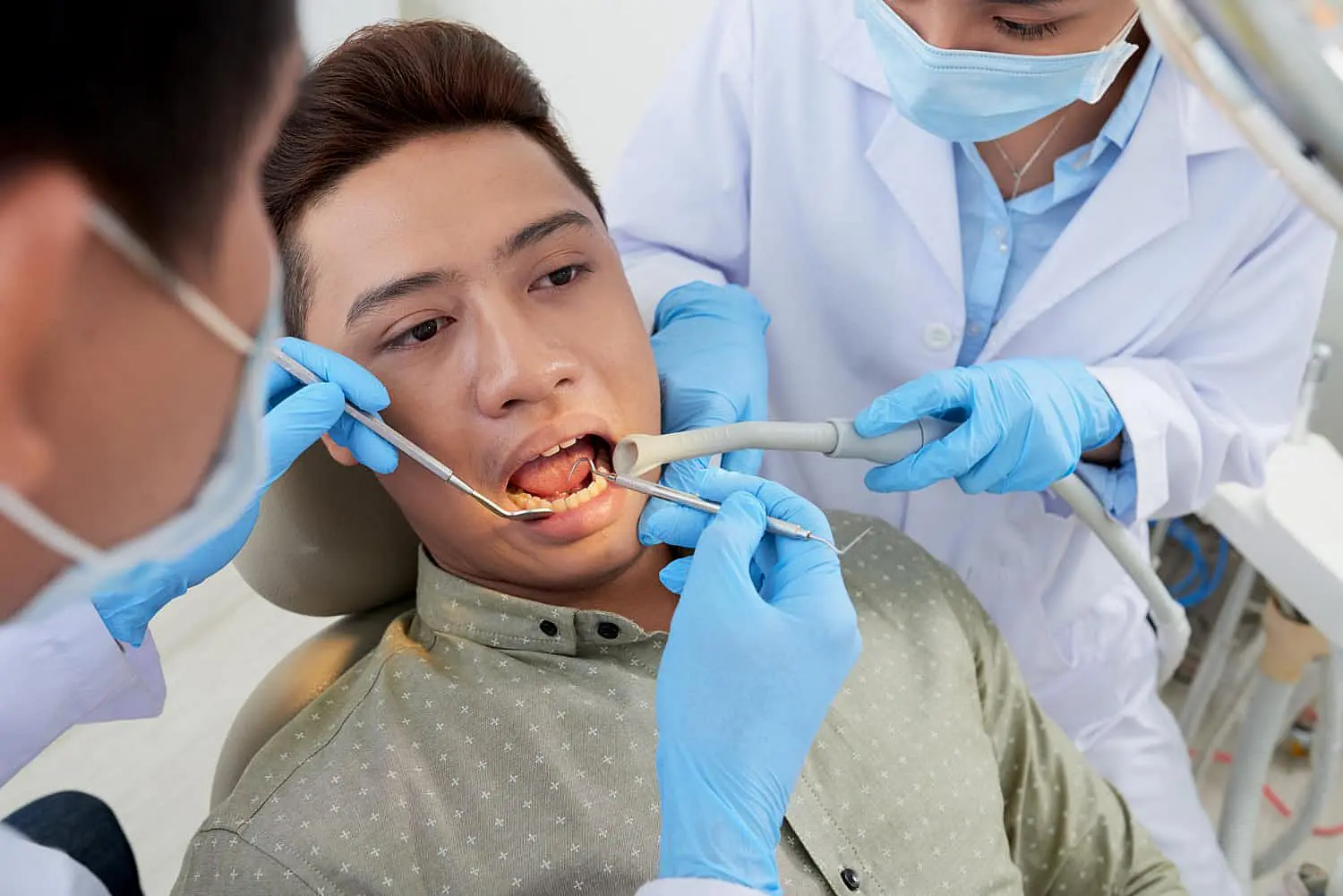
Myofunctional Therapy for Tongue Thrust

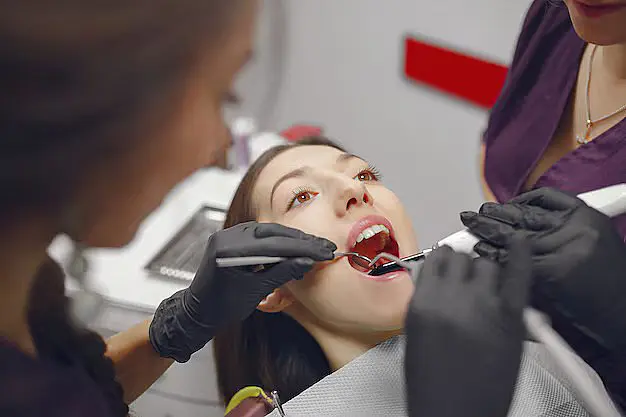
Long-Term Management and Prognosis
FAQ
How do I know if I have tongue thrust?
Possible indicators include noticeable gaps between teeth, difficulty swallowing normally, or speech issues like lisping. However, these symptoms might signal other oral conditions. A professional evaluation performed by Dr. Granit Morina and Dr. Scott Caradonna, is the most reliable way to confirm the diagnosis.
Will my teeth straighten naturally if I correct my tongue thrust?
Resolving tongue thrust may stop further misalignment, but correcting existing alignment typically requires professional orthodontic care. Consult with Smile Orthodontics for personalized advice and treatment recommendations.
How can tongue thrust affect orthodontic treatment?
Tongue thrust can create challenges in orthodontic care by slowing tooth movement or lengthening treatment time. Effective diagnosis and concurrent tongue thrust treatment allow for better, faster orthodontic outcomes.
